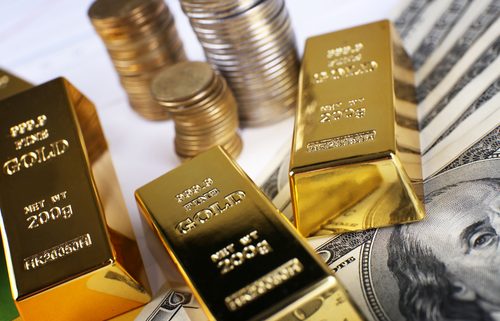What You Need to Know About Using Precious Metals in a Self-Directed IRA
When you invest in precious metals, you are investing in an asset class that goes back to ancient times. That’s something that investments like stocks can’t say. Perhaps that’s why so many Self-Directed IRA investors who look to precious metals for stability in their portfolio are so confident that they can withstand any sort of financial storm. Even if stocks go down, they figure, the relative value of their precious metals will hold.
But what do potential precious metals investors need to know about this asset class, and how does it apply to people who are using a Self-Directed IRA? Here are some key points to keep in mind:
You Should Only Invest in Approved Precious Metals
While the Self-Directed IRA is a great shortcut to investing in a wide variety of asset classes, keep in mind that even an IRA has limitations. If you want to make sure that the precious metals you keep in your IRA are accepted by regulations, you will want to keep to certain types of coins, such as investing in American Eagle gold coins. Do not expect that you can take a trip down to the pawn shop and include a gold earring in your IRA simply because you’re investing in precious metals.
You can, however, invest in a few different precious metals. You do not have to restrict yourself to gold. You can also invest in silver, platinum, and palladium—which helps if you are trying to build as diversified a portfolio as possible.
As we note in our section on a Precious Metal IRA, there are a few types of products that you will likely want to stick to because of their permissibility within an IRA. That includes gold bars hallmarked by a NYMEX or COMEX-approved refiner/assayer, marked with a purity of 24 karats, which represents about 0.995 or higher fineness. Gold and silver bars and coins are some of the most common investment types, but platinum and palladium are also available in bars and coins and subscribe to the same rules.
Precious Metal Storage with a Self-Directed IRA
If you are familiar with the rules of a Self-Directed IRA, then it should not surprise you to learn that the precious metals will be considered the assets of the IRA, not your “personal assets.” That means that you should not store precious metals with you. Instead, you will be expected to keep them in an insured, approved depository. This depository will charge you an annual fee for housing your precious metals.
The good news is that this can be an effective way to store metals, because you will not have to worry about your home being a ripe target for criminals who want your gold. Keeping the precious metals somewhere off-site means that you’ll have even more diversification when it comes to the security of your financial accounts.
Understanding what Precious Metals Do
Some investors seem baffled by precious metals. They do not generate dividends. You cannot buy shares of them. They just sit there in a safe, being safe. How does that help your retirement prospects?
It helps to know the role precious metals play. They can serve as a hedge against inflation; if the dollar weakens, the price of gold tends to go up in relative terms. In times of hyperinflation, an investment like gold or silver can be one of the best ways to hold on to the value you have.
Gold and silver also tend to perform well when investors cannot find other safe assets, such as bonds. And as bonds across the world turn to negative yields, precious metals are looking more like an attractive foundation for a retirement plan.
Interested in learning more about Self-Directed IRAs? Contact American IRA, LLC at 866-7500-IRA (472) for a free consultation. Download our free guides or visit us online at www.AmericanIRA.com.






